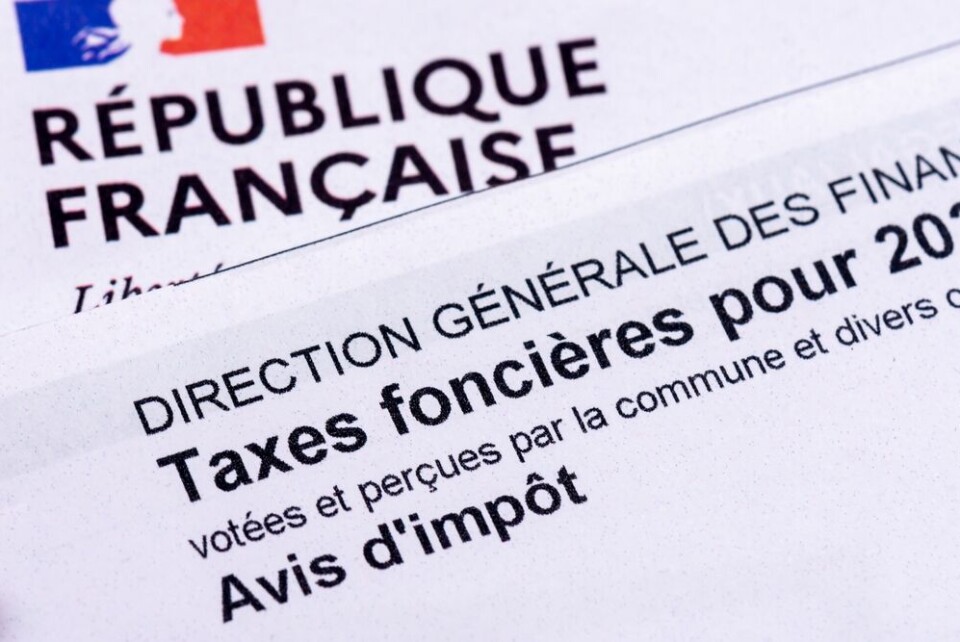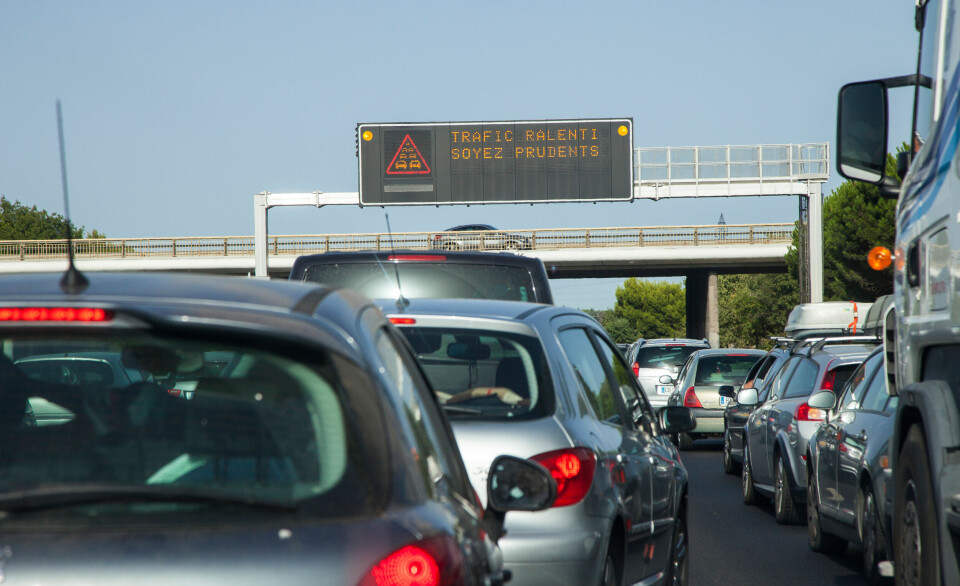-
Senator bids to ban new second homes in several areas - how would it work?
‘These areas are out of control’ says the deputy mayor of Paris in charge of housing who is supporting the idea
-
A million people in France received tax refunds after issues with new property declaration
The problem caused a €1.3 billion overpayment in property taxes with for the tax year 2023
-
Explainer: who pays France’s CFE business tax and what exemptions?
We look at the rules around this tax, which also applies to self-employed workers
French property taxes set to rise: when will you know the amount?
Taxe d’habitation on second homes and taxe foncière on both second and main homes will increase in most areas

Homeowners will see their property taxes rise again in 2024 but increases should be lower for most areas than in 2023.
Both property taxes, taxe foncière and taxe d'habitation, are adjusted each year based on the consumer price index and the needs of the local authority, which use the funds raised to finance local services.
While taxe d’habitation is no longer levied on main homes since January 1, 2023, it still applies to second homes and is subject to no exemptions.
Read more: Why do only second-home owners pay taxe d’habitation in France?
The main property tax, taxe foncière, is levied on over 30 million properties annually, however there are several reductions and exemptions.
Both are considered local taxes, with revenue going directly to your mairie or intercommunal body to fund local services such as schools, sports facilities and roadworks.
Local authorities also add fees for bin collection to the taxe foncière.
The rates for both of these taxes vary significantly from one commune to another according to the budget requirement and the characteristics of the property.
Read also: ‘Pay per wheelie bin’ rubbish charge set to expand across France
How are French property taxes calculated?
Both the taxe foncière and the taxe d’habitation (for second homes) are calculated based on two main factors:
Valeur locative cadastrale (VLC) - a theoretical annual rental value for a specific property (for taxe foncière this is halved), multiplied by
A tax rate set by the local council.
For example, if a property’s VLC is €8,000 and the council has a 20% rate, then the taxe d’habitation bill would be 20% x €4,000 = €800.
VLCs are adjusted each year in relation to the consumer price index. In 2024, they will increase by 3.9%.
This means that, unless your local authority lowers its rate, which is unusual, both taxes will rise by at least 3.9%.
As to the tax rates for the taxe foncière and taxe d’habitation, these are set by local authorities based on their own budget requirements, which they must transmit to the tax authorities by April 15.
In some areas under ‘housing pressure’ local authorities can decide to apply a higher rate to the taxe d’habitation on second homes. Where this applies, the rate can be 5% to 60% higher. You can check if this applies to the commune of your second home here.
When will I receive property taxes?
The tax authorities typically send out taxe foncière statements by post or email in September. You can consult it in your personal space on impots.gouv.fr.
Homeowners then have until mid-October to pay the tax bill.
Taxe d’habitation statements for second homes are sent in November.
Second-home owners then have until mid-December to pay it.
Slightly longer is given for payment if paying over the internet, as opposed to traditional methods such as payment by cheque.
Note that the option exists to pay these taxes in advance in 10 instalments, known as mensualisation.
They will be based on your previous year’s tax, and payable from January to October. Then, if your 2024 bill is more than 2023’s you will only have the remainder to pay, in November and December.
If you want to choose this for 2024’s local taxes you can do so until June 30, but you will in this case have to make ‘catch-up’ payments in the first three months of payment if you opt for this.
What exemptions are there for the French property taxes?
In 2024, you do not have to pay the taxe foncière if you earn less than €12,455. For couples this is €19,107.
There are several other reductions and exemptions linked to factors such as age, disability or renovation work on your property.
Read more: Taxe foncière explainer: Who pays and the exemptions
While there are no exemptions or reductions for the taxe d’habitation on second homes, there is a caveat in case the local authority applies a higher rate due to housing pressure.
In such cases, you can be exempt from paying the 5%-60% higher rate if:
- You have to live in your second home due to be near your place of work
- You must live in your main home due to care needs, and your former main home has become a second home
- The home is not inhabitable due to a reason beyond your control, such as building work
Where did property taxes rise the most in 2023?
In 2023 the VLCs increased by 7.1%.
Communes only increased their own tax rates for taxe foncière by an average 1.7% overall. However, in some areas it increased by far more.
In Grenoble, the rate increased 25% on top of the 7.1% VLC rise.The mayor of Grenoble Eric Piolle told actu.frthat this was in large part due to rising energy costs and inflation.
In Paris, the rate for taxe foncière increased by 59%.
Read more: Which French towns or cities hiked their property taxes the most?
Many of the communes that increased their rates in 2023 had been hit by major budget deficits in addition due to the suppression of the taxe d’habitation on main homes.
However, the tax authorities say that 85% of communes kept their 2023 rates for both property taxes the same as in 2022. This is likely to be the same for the 2024 rates, particularly as many officials start to consider the pending 2026 municipal elections.
Read more
Homeowners challenge automatic rise in French property tax - and win
Local tax bills sent in error to thousands of homes in France
























